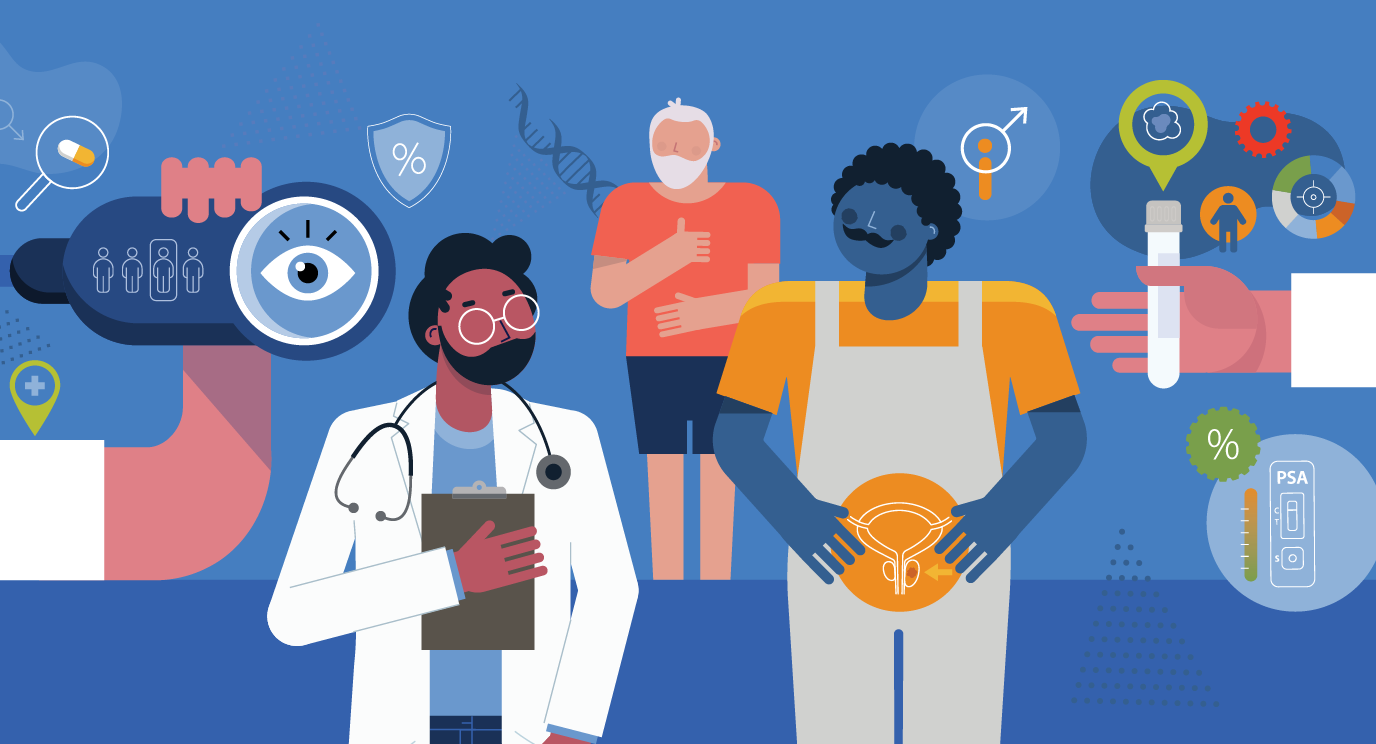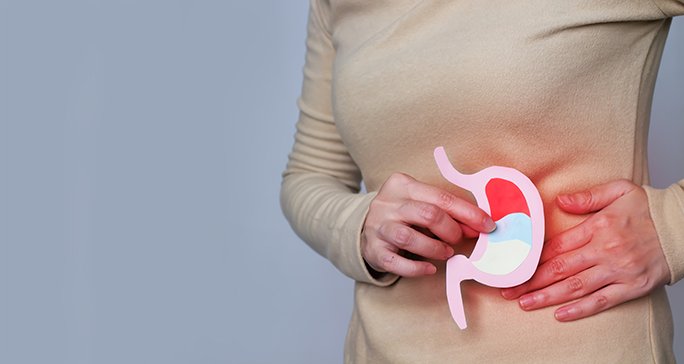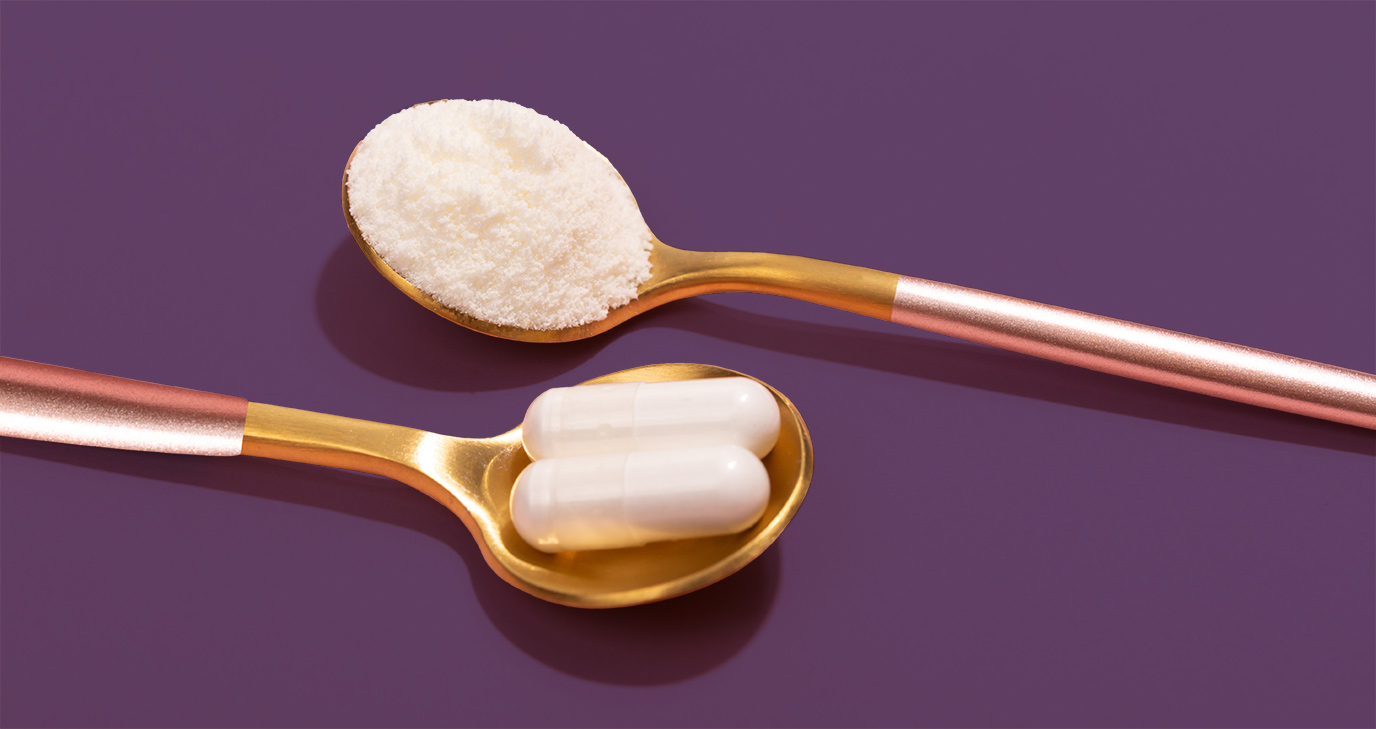- Diseases
- Acoustic Neuroma (14)
- Adrenal Gland Tumor (24)
- Anal Cancer (68)
- Anemia (2)
- Appendix Cancer (16)
- Bile Duct Cancer (26)
- Bladder Cancer (72)
- Brain Metastases (28)
- Brain Tumor (232)
- Breast Cancer (718)
- Breast Implant-Associated Anaplastic Large Cell Lymphoma (2)
- Cancer of Unknown Primary (4)
- Carcinoid Tumor (8)
- Cervical Cancer (158)
- Colon Cancer (166)
- Colorectal Cancer (116)
- Endocrine Tumor (4)
- Esophageal Cancer (44)
- Eye Cancer (36)
- Fallopian Tube Cancer (8)
- Germ Cell Tumor (4)
- Gestational Trophoblastic Disease (2)
- Head and Neck Cancer (12)
- Kidney Cancer (128)
- Leukemia (344)
- Liver Cancer (50)
- Lung Cancer (288)
- Lymphoma (284)
- Mesothelioma (14)
- Metastasis (30)
- Multiple Myeloma (100)
- Myelodysplastic Syndrome (60)
- Myeloproliferative Neoplasm (4)
- Neuroendocrine Tumors (16)
- Oral Cancer (100)
- Ovarian Cancer (174)
- Pancreatic Cancer (164)
- Parathyroid Disease (2)
- Penile Cancer (14)
- Pituitary Tumor (6)
- Prostate Cancer (146)
- Rectal Cancer (58)
- Renal Medullary Carcinoma (6)
- Salivary Gland Cancer (14)
- Sarcoma (238)
- Skin Cancer (296)
- Skull Base Tumors (56)
- Spinal Tumor (12)
- Stomach Cancer (64)
- Testicular Cancer (28)
- Throat Cancer (92)
- Thymoma (6)
- Thyroid Cancer (96)
- Tonsil Cancer (30)
- Uterine Cancer (80)
- Vaginal Cancer (16)
- Vulvar Cancer (20)
- Cancer Topic
- Adolescent and Young Adult Cancer Issues (20)
- Advance Care Planning (10)
- Biostatistics (2)
- Blood Donation (18)
- Bone Health (8)
- COVID-19 (362)
- Cancer Recurrence (120)
- Childhood Cancer Issues (120)
- Clinical Trials (634)
- Complementary Integrative Medicine (22)
- Cytogenetics (2)
- DNA Methylation (4)
- Diagnosis (232)
- Epigenetics (6)
- Fertility (62)
- Follow-up Guidelines (2)
- Health Disparities (14)
- Hereditary Cancer Syndromes (126)
- Immunology (18)
- Li-Fraumeni Syndrome (8)
- Mental Health (116)
- Molecular Diagnostics (8)
- Pain Management (62)
- Palliative Care (8)
- Pathology (10)
- Physical Therapy (18)
- Pregnancy (18)
- Prevention (916)
- Research (398)
- Second Opinion (74)
- Sexuality (16)
- Side Effects (606)
- Sleep Disorders (10)
- Stem Cell Transplantation Cellular Therapy (216)
- Support (402)
- Survivorship (322)
- Symptoms (182)
- Treatment (1792)
Can sitting for too long really increase your cancer risk?
4 minute read | Published May 21, 2025
Medically Reviewed | Last reviewed by Scherezade Mama, Dr.PH, on May 21, 2025
You spend all day sitting at a desk. Then, you plop down on the couch to relax, watch TV, read a book or play computer games. Maybe you sit at the dinner table for a while, too.
If you’re like many Americans, you’ll spend more than eight hours of your day seated. But did you know that sitting for long, uninterrupted stretches can put your health at risk — even if you exercise regularly?
“There is some evidence that indicates spending extended periods of time seated increases your risk of developing colorectal, endometrial, and lung cancers,” says Scherezade Mama, Dr.PH, a researcher in Cancer Prevention. It also raises your risk of obesity, diabetes, cardiovascular disease and premature death. “That’s why you might have heard people say, ‘Sitting is the new smoking,’” she notes.
Fortunately, the solution is simple: break up long periods of sitting with small breaks of activity.
“It’s the fact that the time is unbroken that’s problematic, not sitting in general,” Mama explains. “So, at least once an hour, get up and move around. Stand up while you’re on the phone or walk around the house during TV commercials. A few minutes of light activity spread throughout the day can add up.”
Here are six more tips Mama shared to reduce the amount of time you spend sitting.
Cut back on your screen time
Research shows that for every hour of television you watch after age 25, your life expectancy goes down by almost 22 minutes. But the real culprit isn’t your TV. It’s the time you spend sitting while binge-watching your favorite shows. So, put down that remote and find something else to do.
“When you cut back on TV, video games and other screen time, suddenly, your schedule opens up for so many other options — including physical activities,” Mama says. “And research shows that reducing sitting time by only an hour a day can reduce your risk of premature death by 20%. So, all you have to do is sit one hour less per day to reduce your risk of dying.”
If you must spend time looking at a screen, try to schedule regular breaks so you can get up and move around. Or, play active video games — such as dance competitions — that will keep you moving and boost your heart rate. You could even watch your favorite shows while walking on a treadmill or riding a stationary bicycle.
Pursue some ‘active’ hobbies
Many people enjoy reading and watching TV. But not every leisure activity has to involve a couch.
“Find ways to unwind that don’t require sitting,” Mama says. “Physical exercise releases endorphins, which reduce stress naturally. So, put the ‘active’ back in ‘activity.’”
That could mean joining a dance class at the local gym, kicking a soccer ball around with your kids, weeding the garden or walking the dog.
“Simple activities like these can burn up to 140 extra calories a day to help you maintain a healthy body weight,” notes Mama. “They don’t have to be complicated or require expensive equipment.”
Use technology to help you
There’s an app for virtually everything these days, including some that prompt you to take breaks and move around. Many have tools that allow you to track your activity, then use charts and graphs to show you your progress over time.
If you’re not very tech-savvy or don’t want to download another app, use the clock feature on your phone to set hourly alarms to remind yourself to move.
Mama uses an activity tracker and tries to get in at least 250 steps an hour.
“Knowing the steps you take — or don’t take — can be useful,” she notes. “If you set personal movement goals for yourself, these apps can make it easy to see if you’ve met them by the end of the day.”
Build activity into your schedule
Park at the far end of the parking lot, take the stairs to a meeting or walk in the office hallways while you're on the phone. Even tidying up around the house can help decrease your couch time.
“Short bursts of moderate to vigorous physical activity can get your heart pumping and improve your health,” Mama says. “So, try to build some activity into your schedule each day.”
Reduce your sitting time at work
Many adults sit at their jobs. But you can find simple ways to move around more without disrupting your workflow. Have a walking meeting, for instance. Stand during seminars or try simple desk exercises. You can even ask your co-workers to join you for a few brisk laps around the office.
Consider ways to change up your work environment, too. Standing and treadmill desks are becoming much more commonplace.
“Working from an upright position uses more muscles, expends more energy and burns more calories than doing them sitting down,” Mama says.
Get regular exercise
Cutting back on your sitting time is good for your health. But you still need regular exercise to reduce your cancer risk. Aim for at least 150 minutes of moderate physical activity or 75 minutes of vigorous physical activity each week. Add a full-body strength training routine two times a week to complete your exercise plan.
“It’s not just about what you do while you’re at work,” explains Mama. “It’s about what you do during your leisure time, too.”
So, set a reminder for yourself or recruit a friend to help you sit less and move more.
Scherezade Mama, Dr.PH, is a researcher who focuses on physical activity in underserved communities.
Request an appointment at MD Anderson online or call 1-844-613-1024.
Related Cancerwise Stories

A few minutes of light activity throughout the day can really add up.
Scherezade Mama, Dr.PH
Researcher





